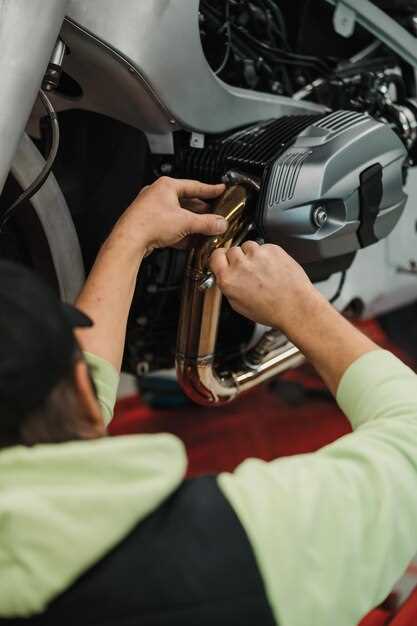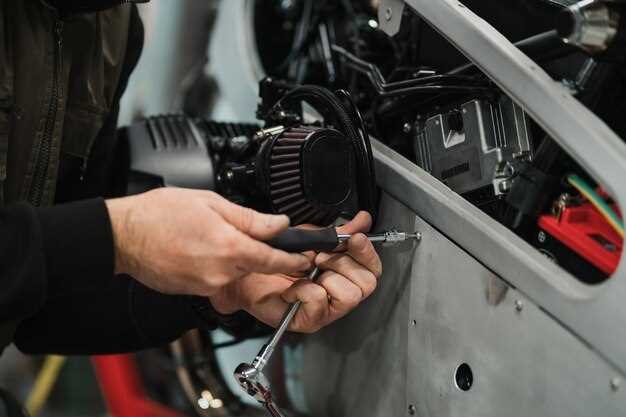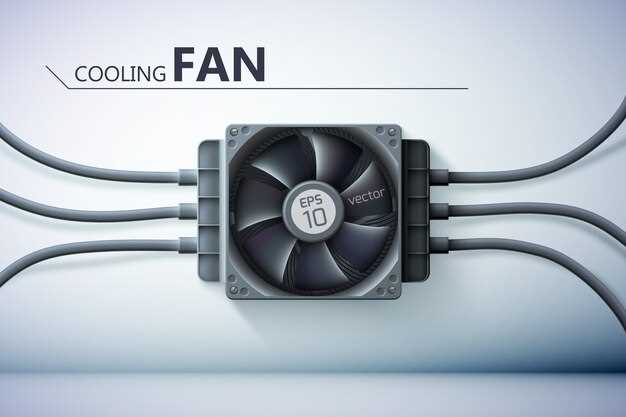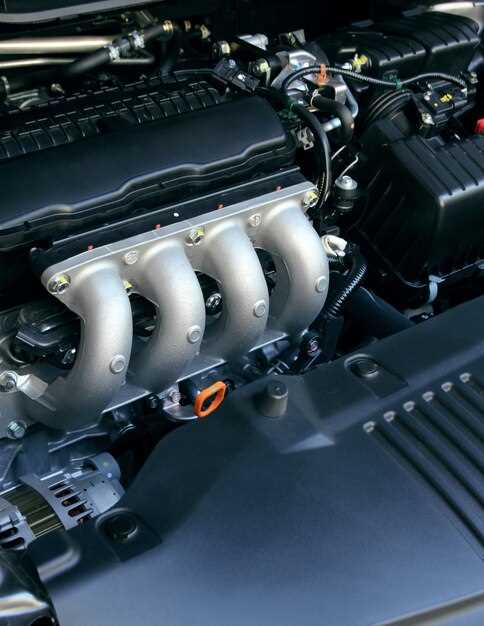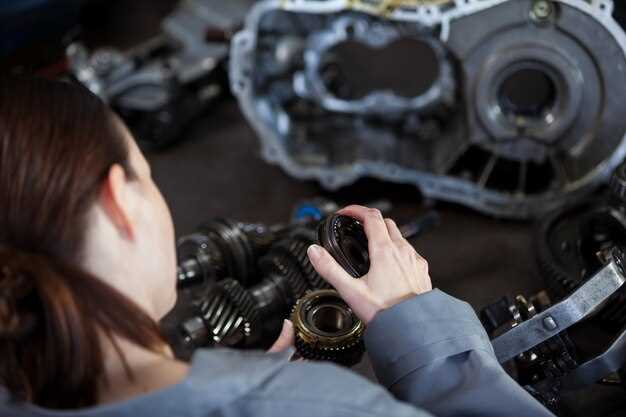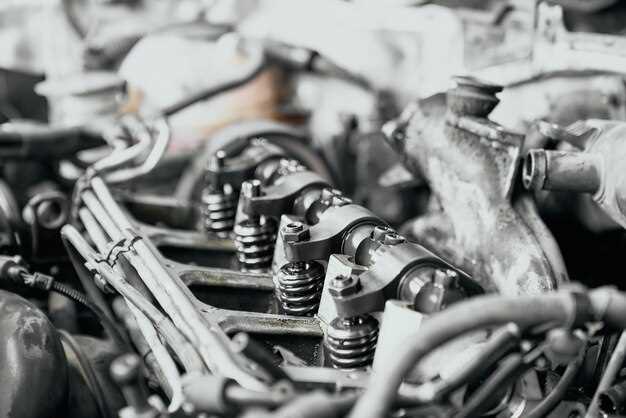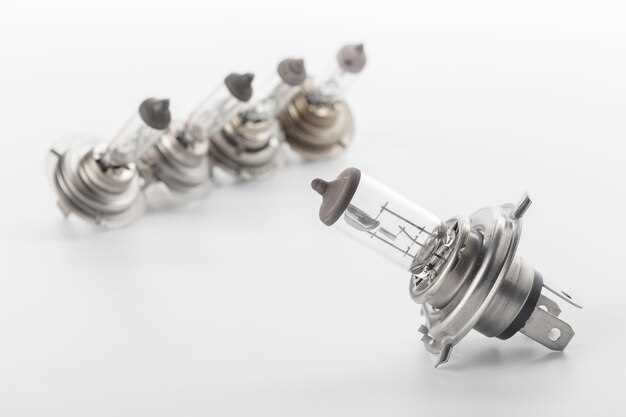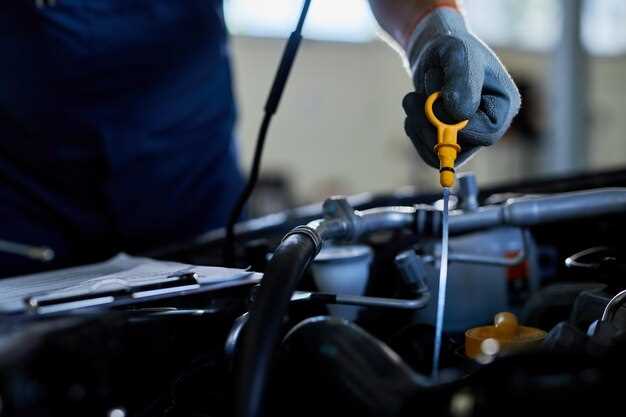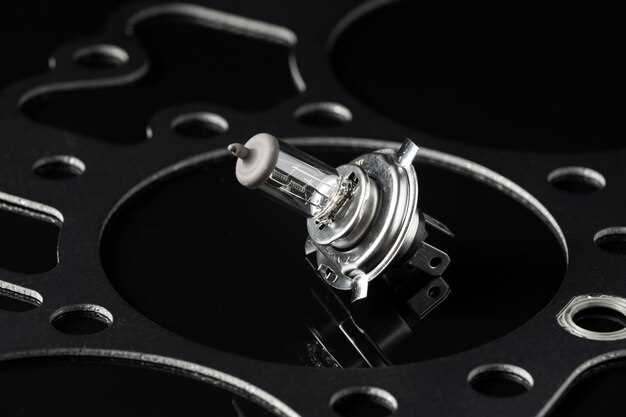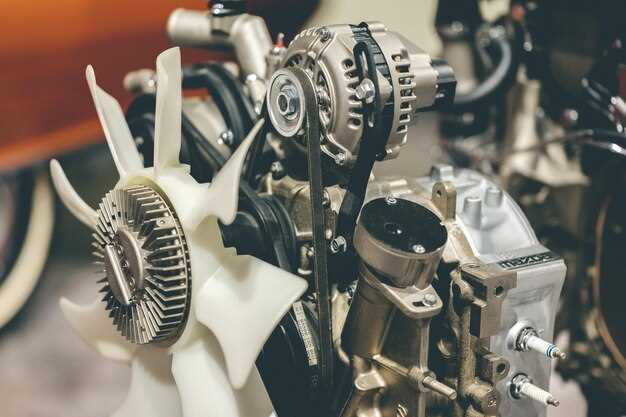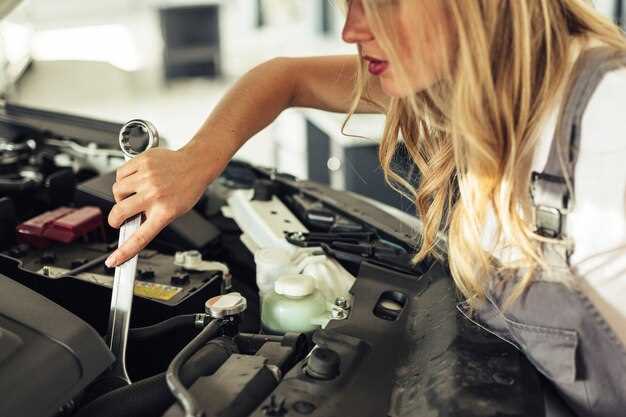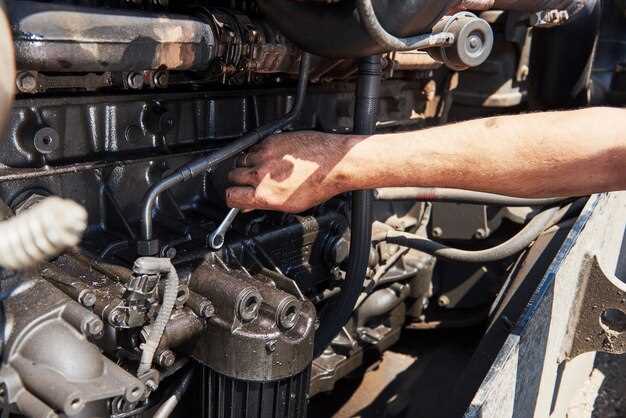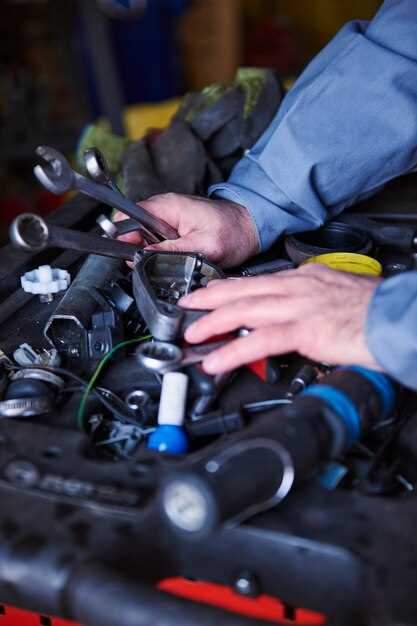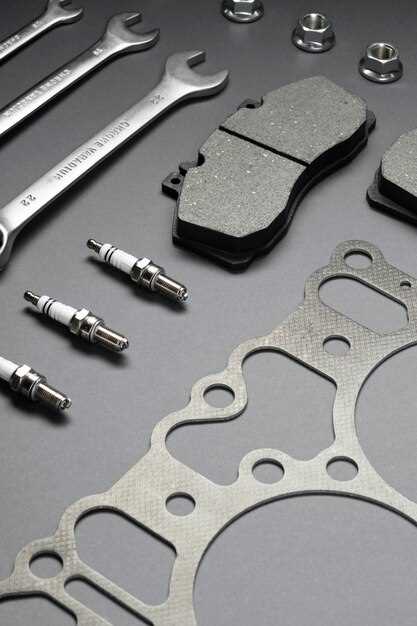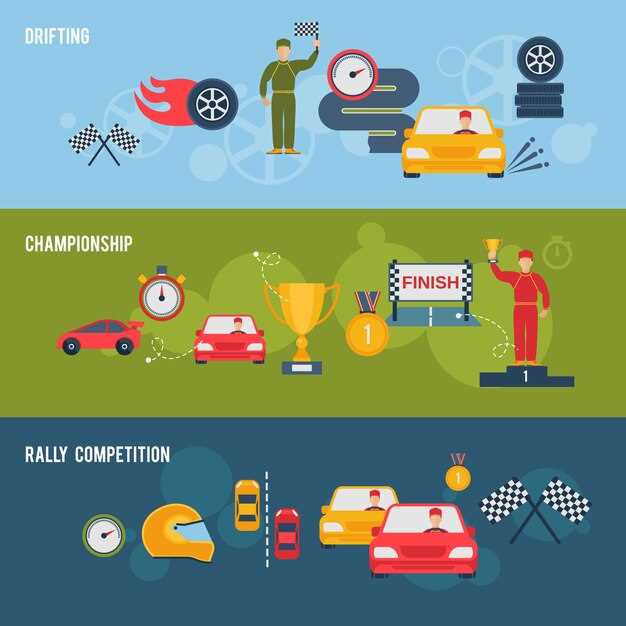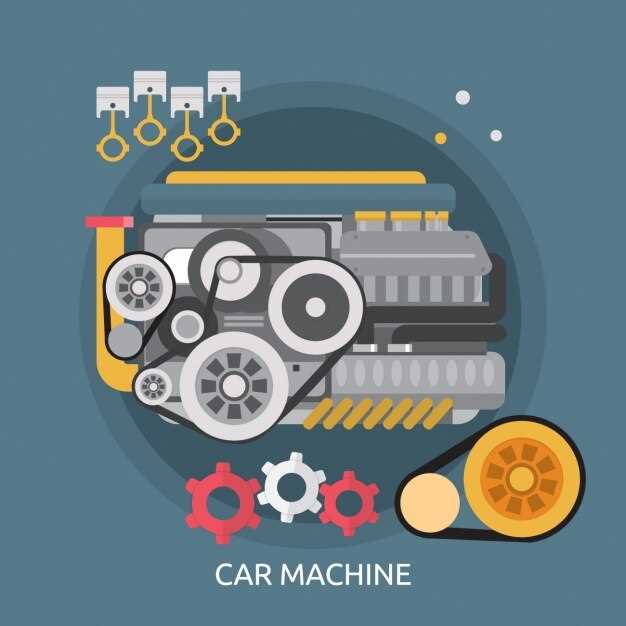
Track day enthusiasts understand that achieving optimal performance on the circuit requires more than just a powerful engine. To truly unlock your car’s potential, a combination of strategic upgrades can dramatically enhance your driving experience. This article delves into the top ten upgrades that can elevate your track car, focusing on improvements in handling, power delivery, and overall driving dynamics.
Upgrading various aspects of your vehicle can lead to significant gains in lap times and driver confidence. From suspension modifications that improve cornering stability to brake enhancements that ensure reliable stopping power, each upgrade serves a specific purpose. The choices you make can significantly influence how your car interacts with the track and responds to your driving style.
Whether you’re a seasoned racer or just starting your journey on the track, understanding the importance of each upgrade can help you make informed decisions. This guide will highlight the most effective modifications tailored for track performance, enabling you to customize your vehicle for maximum efficiency and enjoyment. Get ready to transform your car into a track-ready machine!
Lightweight Wheels: Reducing Unsprung Weight
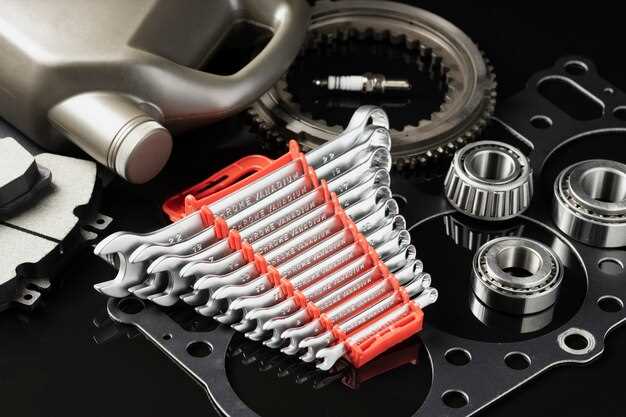
When optimizing a track car’s performance, one of the most impactful upgrades is the installation of lightweight wheels. Traditional wheels can be heavy, contributing to unsprung weight, which directly affects a vehicle’s handling and responsiveness. By reducing this weight, drivers can experience significant improvements in acceleration, braking, and cornering stability.
Unsprung weight refers to the mass of the components not supported by the suspension system, including the wheels and tires. High unsprung weight limits the ability of the suspension to react quickly to changes in the road surface, resulting in less effective damping and a rougher ride. Lightweight wheels help mitigate this issue by minimizing the overall mass, enabling the suspension to perform more effectively and provide better traction.
Choosing lightweight wheels typically means opting for materials like forged aluminum or carbon fiber. These materials not only reduce weight but also maintain structural integrity under high stress. Forged wheels, in particular, offer excellent strength-to-weight ratios and can handle the demands of aggressive driving conditions, providing confidence in cornering and during hard braking situations.
In addition to performance benefits, lightweight wheels also contribute to fuel efficiency. Reducing the weight of wheels decreases the energy required to propel the car, translating to better fuel consumption during regular driving conditions, which is an added bonus for those who use their cars on the track and the street.
Furthermore, lightweight wheels improve aesthetic appeal. Many manufacturers offer a variety of designs and finishes that enhance the visual profile of a track car, which can be a significant factor for enthusiasts looking to personalize their vehicles.
In conclusion, investing in lightweight wheels not only reduces unsprung weight but also enhances overall performance. Improved handling, acceleration, and braking, along with increased fuel efficiency and aesthetic appeal, make them a top choice for anyone serious about track car upgrades.
Performance Tires: Choosing the Right Compound for Grip

Selecting the appropriate tire compound is crucial for maximizing grip and enhancing overall performance on the track. Tire compounds are formulated using various materials that determine the tire’s hardness or softness, ultimately influencing the level of traction, heat resistance, and longevity.
Soft compounds typically offer superior grip due to increased flexibility, allowing the tire to conform better to the road surface. This enhances contact patch performance during cornering and acceleration. However, the trade-off is that soft tires generally wear out faster, making them less suitable for endurance racing or prolonged sessions.
Medium compounds strike a balance between grip and durability, making them versatile for various track conditions. These tires provide adequate performance while still offering respectable wear rates, allowing drivers to experience good handling without frequent replacements.
Hard compounds prioritize longevity and are ideal for high-speed tracks where tire overheating is a concern. While hard tires may not provide the same level of grip as their softer counterparts, they thrive in races with longer durations where tire management becomes critical.
It is vital to consider ambient temperature and track conditions when choosing a tire compound. Warm weather typically enhances tire performance, but too high a temperature can cause even soft compounds to degrade rapidly. On wet surfaces, specialized tires with unique tread patterns provide improved traction by channeling water away from the contact patch.
Ultimately, understanding the specific requirements of your vehicle and driving style will guide your compound selection. Thorough testing and experimentation can help identify the optimal tire that balances grip, durability, and performance for your individual needs on the track.
Adjustable Suspension: Fine-Tuning Handling Dynamics
Adjustable suspension systems are essential for optimizing track car performance, offering flexibility to adapt to different driving conditions and personal preferences. By allowing modifications to ride height, damping rates, and spring rates, these systems enable precise control over the vehicle’s handling characteristics.
One of the primary benefits of adjustable suspension is the ability to set the ride height. Lowering the vehicle can improve aerodynamics and lower the center of gravity, which contributes to reduced body roll during cornering. Conversely, raising the height can enhance clearance for uneven track surfaces or prevent bottoming out.
Damping adjustability plays a crucial role in how a car reacts to bumps and road surfaces. By tuning compression and rebound settings, drivers can achieve the desired balance between comfort and performance. A stiffer setup may offer better handling on smooth tracks, while a softer setup can absorb bumps and protect the car during high-speed maneuvers.
Spring rate adjustability allows for tailoring the suspension’s response to weight transfer during acceleration, braking, and cornering. This customization helps optimize grip, improving exit speeds and overall lap times. Additionally, fine-tuning the suspension setup can address oversteer or understeer tendencies, giving drivers more confidence in their vehicle’s behavior on the track.
Installation of adjustable suspension systems often enhances alignment settings, enabling precise corner weighting. This feature allows for balanced weight distribution across all four tires, which can significantly influence handling and overall performance. Proper alignment in conjunction with adjustable components ensures that the tires maintain optimal contact with the track surface.
In conclusion, adjustable suspension systems provide a powerful tool for track car enthusiasts looking to enhance performance. Their ability to fine-tune handling dynamics not only improves lap times but also elevates the driving experience, making them a vital upgrade for any serious track vehicle.


